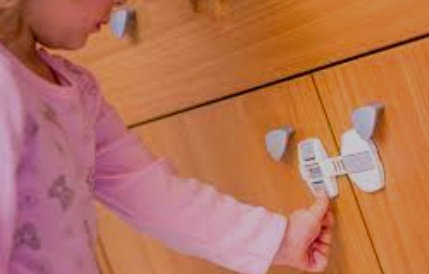Greatest Hygienic Laundry Practices For Hospitals

In the realm of healthcare, maintaining a clean and hygienic environment is paramount to patient safety. One often overlooked yet critical aspect is laundry practices. Proper hygiene in hospital laundry processes is essential to prevent the spread of infections and maintain a sterile atmosphere. In this comprehensive guide, we will delve into the nuances of hygienic laundry practices for hospitals.
Understanding the Importance
1. Infection Control and Prevention
Hospital-acquired infections (HAIs) pose a significant threat to patient well-being. Contaminated linens can act as vectors for the transmission of pathogens. Implementing stringent laundry practices is pivotal in breaking the chain of infection within healthcare facilities.
2. Patient Comfort and Confidence
Clean, fresh linens contribute to the overall comfort and well-being of patients. Ensuring that hospital laundry meets the highest hygiene standards not only aids in infection prevention but also boosts patient confidence in the quality of care provided.
Guidelines for Hygienic Laundry Practices
3. Sorting and Pre-treatment
Proper sorting of soiled linens is the first line of defense against contamination. Establishing a systematic approach to pre-treatment, including stain removal and microbial reduction, sets the stage for an effective hygienic laundry process.
4. Optimal Temperature and Chemical Usage
Achieving the right balance between water temperature and the use of detergents and disinfectants is crucial. Understanding the science behind laundry chemistry is imperative for hospitals aiming to uphold the highest standards of hygiene.
5. Advanced Laundry Equipment
Investing in state-of-the-art laundry equipment designed for healthcare settings is a strategic move. From washing machines with specific healthcare cycles to advanced drying and ironing systems, the right equipment plays a pivotal role in maintaining hygiene.
Compliance with Industry Standards
6. Adherence to Regulations and Guidelines
Hospital laundry operations must align with established industry regulations and guidelines. This includes compliance with standards set by health authorities and organizations specializing in infection control.
7. Staff Training and Certification
Ensuring that laundry staff is well-trained in hygienic practices is non-negotiable. Certification programs and regular training sessions should be implemented to keep the team abreast of the latest developments in laundry hygiene.
Monitoring and Quality Assurance
8. Regular Audits and Inspections
Implementing a robust system of regular audits and inspections guarantees ongoing compliance. Hospitals must conduct thorough assessments of their laundry processes, identifying areas for improvement and reinforcing successful practices.
9. Microbiological Testing
Incorporating microbiological testing into laundry processes provides a quantitative measure of cleanliness. This proactive approach allows hospitals to identify and address potential issues before they escalate.
Conclusion
In conclusion, hygienic laundry practices are integral to the overall safety and well-being of patients within hospital settings. From the initial sorting and pre-treatment stages to the use of advanced equipment and compliance with industry standards, each aspect plays a pivotal role in creating a sterile environment. By prioritizing infection control, patient comfort, and adherence to guidelines, hospitals can establish a robust foundation for maintaining the highest standards of hygiene in their laundry processes.




